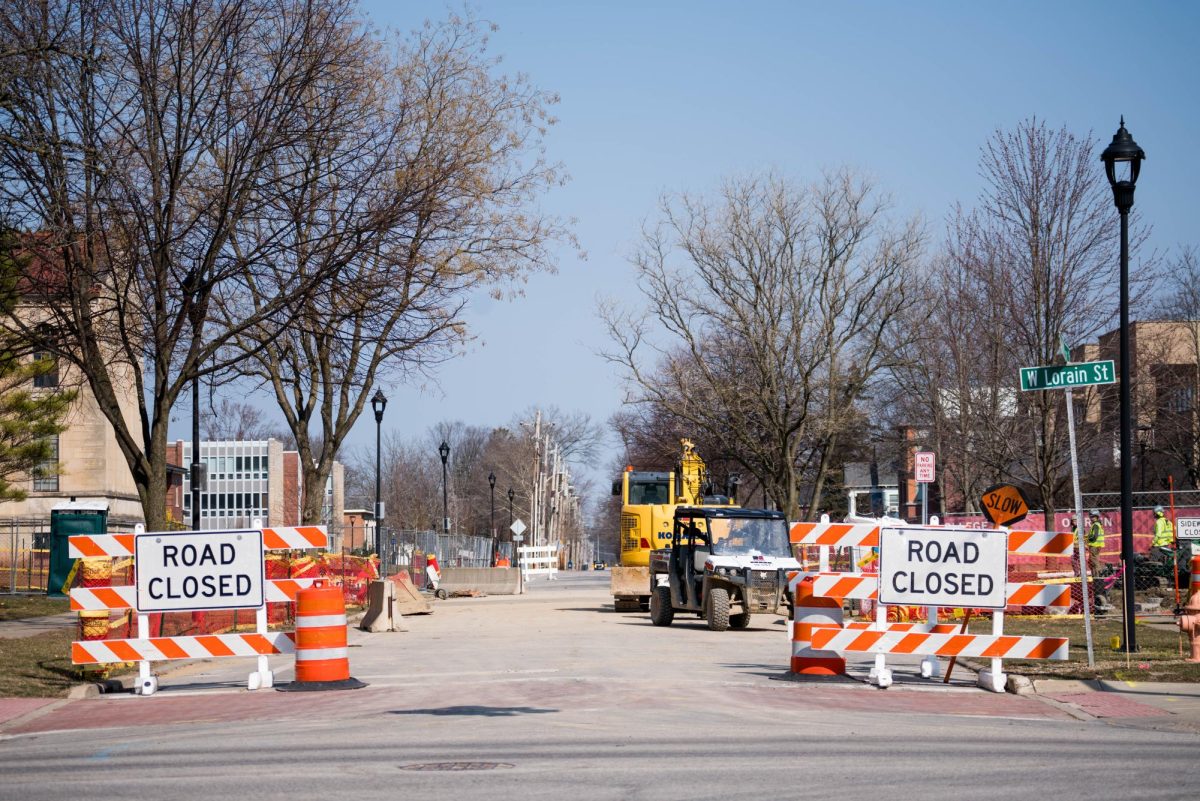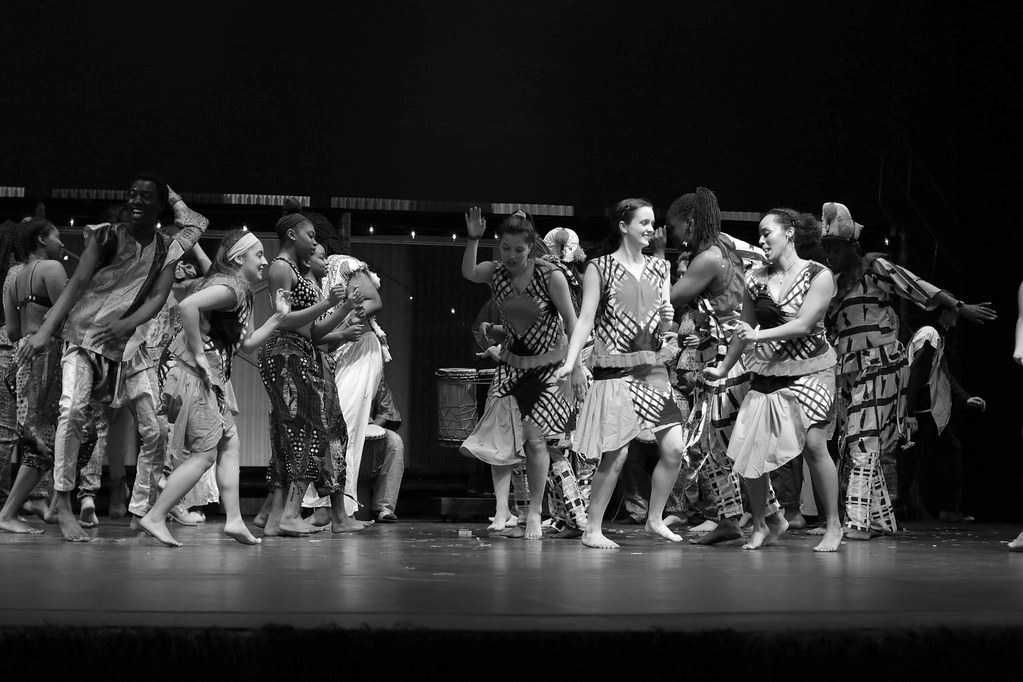I can’t help but feel wind-whipped by a hurricane of changes to life at Oberlin over the last few years. I believe our administrators care about our quality of life. Yet after every new reform I am left with that all too familiar, bitter, metallic aftertaste of profit-first decision making.
Many students — not just at Oberlin — can relate. In an editorial for FutureEd, “The Rise of For-Profit Partnerships in Higher Education,” Jeffrey Selingo explains how many colleges and universities, both public and private, form partnerships with private, for-profit companies who take a share of tuition revenue in exchange for start-up capital and business advice.
“A few of these partnerships are drawing the scrutiny of the press and policymakers,” Selingo notes. “Some wonder if the tuition sharing model is driving up already inflated college prices.”
Although this has been going on for decades, things have been ramping up since the COVID-19 pandemic.
“Operating during a global pandemic gave colleges permission to act differently,” Selingo wrote. “Colleges have more agile mindsets coming out of the pandemic.”
I don’t want Oberlin to feel as atomized and brisk as the rest of America. In fact, I hoped to take my experience here and make the rest of the world a little more like Oberlin. But every time the college makes another change that negatively impacts faculty, staff, and students, that bright-eyed ambition wears thin.
I came to Oberlin three years ago in 2021. Since then, I’ve witnessed extensive, multi-year renovations begin on no less than seven buildings on our small campus: Wilder Hall, Carnegie Building, Severance Hall, Mudd Center, Stevenson Dining Hall, and the Conservatory. This is to say nothing of the dorm being built on Woodland Street, which stands to be the largest residence hall Oberlin has ever had, nor the ambitious geothermal construction project that sporadically claims Oberlin walkways for months at a time.
All this construction has displaced student organizations, classes, and common spaces. College second-year CJ Fiorito points out how this has impacted Oberlin residents at large.
“All the construction has also made Oberlin significantly less walkable,” Fiorito said. “I get that construction has to happen, but Oberlin sells itself as a small walkable campus and now that’s become much harder.”
Renovation of spaces haven’t been the only changes to campus life. The new policy phasing out off-campus housing was a blow. Oberlin used to be known for the integration of the College and town, and because it offered students an on-ramp to adulthood through renting. Meanwhile, ballooning class sizes have triggered housing shortages in recent years. Singles are hard to come by. Common rooms have been turned into triples. Last year, Residence Life sent out an email saying that they were pausing the housing lottery because they had no housing to offer. It was distressing to be told that there was no space for us in a place we call home.
ID cards for new students are now fully online. My first year, many of my friends were getting flip phones in an attempt to combat the mental and emotional toll of chronic smartphone use. New Oberlin students don’t have that opportunity anymore.
The switch to AVI Foodsystems was — and continues to be — messy. Initially, it led to the loss of as many as 100 unionized jobs. Then there was the transition to mobile-order-only policies, which has been confusing and frustrating for students and workers alike. I don’t want to place an order on my phone, pick it up without speaking to anyone, and eat alone in my room. I want community. I want to sit down for lunch.
Biggs Smoothie Bar closed. The Rathskeller used to be a gorgeous, stone, dungeon-style spot where students could sit and eat. Now that space is closed off for storage.
The mailroom used to have antique mailboxes with metal locks and glass paneling. Now students get their packages from the ugly gray electronic mailboxes that take up a tremendous amount of space in Wilder. The mailroom used to be well-lit and spacious. Now folks who work there do so in a concrete, fluorescent-lit hallway that shares a wall with an active construction site. This transition was stressful, and the overflow of packages that couldn’t fit in the small space had to be shipped to Stevie to be picked up. It was a mess.
What I am saying is — I’m dizzy.
So much construction and reduction in such a short time has done damage to life at Oberlin.
The administration thinks that we want a fast, productivity-based life at Oberlin. Students disagree.
“They’re trying to take Oberlin into this modern era, and a lot of the change has to do with what they think Oberlin should be,” said second-year Eleanor Richards. “I feel like the admin is so disconnected from what Oberlin is and what students actually want.”
The scale of change to student life at Oberlin has been disorienting and disheartening.
If you feel similarly, it’s important to let the administration know. The AVI feedback form, posted at most dining locations, is active. Student Senate is another route for communication.
Future students won’t have the perspective to know what they are missing, so they may not have the power to change things. We just might.




